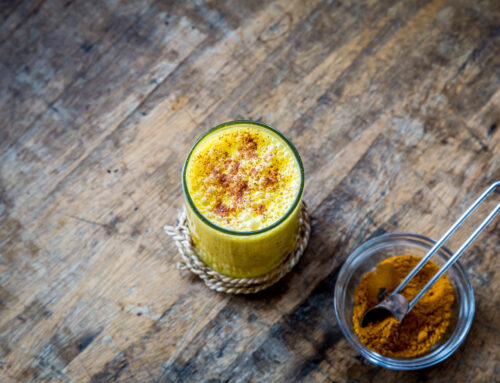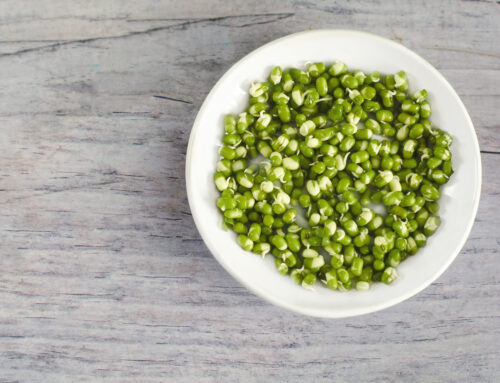
Secondary fats we may choose include raw coconut oil, extra virgin olive oil, and other natural unrefined nut and seed oils, cold pressed at low temperatures to prevent oxidation and free radical damage. In Becoming Raw by Brenda Davis and Vesanto Melina (co authors with Cherie Soria of The Raw Food Revolution Diet), the authors describe a case study on the Greek island of Crete, where the population consumed 37% of calories from fat, but still had the lowest rate of artery disease of any population studied. Interestingly, this group also participated in a yearly modified fast during 40 days of Lent.
While choosing healthy fats is easier for raw food enthusiasts, it is important to note that the percentage of fats in the diet still needs to be monitored according to a variety of factors, including activity levels, metabolism, and paying attention to how the body feels and what signals it sends. Nutrient dense plant foods are full of vitamins, minerals, and phytonutrients that signal our brain when the body is satisfied, nourished, and has reached the point of satiety. However, feeling sluggish or tired after eating a raw food meal may indicate that the meal contained too much fat for the liver to metabolize.
There are a variety of recommendations about the optimal percentage of fats in a raw food diet. Dr. Gabriel Cousens and some other proponents of the raw food diet recommend a very low intake of fat – around 10% of the total diet. Other authorities recommend a higher fat intake of between 15% – 30%.
Every person’s body is different, and individuals may thrive on different kinds of raw food diets. Desirable fat intake may also be influenced by the climate or season. It is important to find a balance for proper nutrient absorption, since a fat intake that is too low may prevent absorption of certain fat soluble vitamins and phytonutrients (especially iron and zinc). Learning to fine tune the quality and quantity of fats is important, as is establishing a good ratio of Omega 3 to Omega 6 Essential Fatty Acids.
Good sources of Omega 3 include chia, flax, hemp, walnuts, green leafy vegetables, sea vegetables and flax oil. Omega 6 Essential Fatty Acids can be found in seeds, seed oils, nuts, nut oils, borage oil, spirulina and hempseed oil.
One thing for certain is that by adopting a raw food diet based on nutrient dense plant foods, we avoid a diet containing high amounts of saturated fat, trans-fatty acids, cholesterol, animal protein, and refined carbohydrates, all strongly linked to an inflammatory response in the body and chronic disease. Would you like to learn how to make healthy living delicious?
Living Light Culinary Institute offers classes and certification programs in both raw culinary arts and the science of raw food nutrition. Call 707-964-2420 for information.







